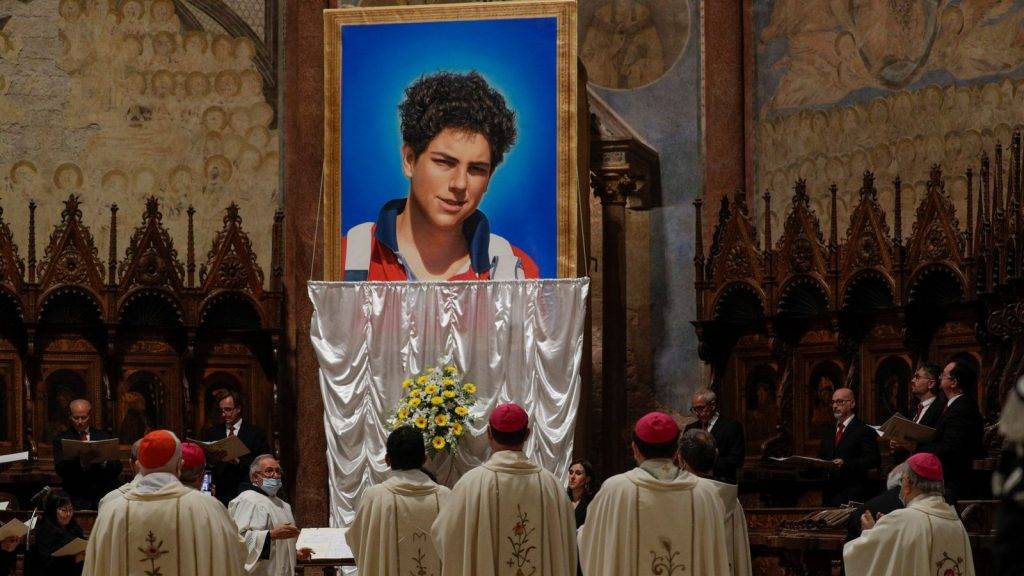Cliff Notes
- The canonisation of Carlo Acutis, the first millennial candidate for sainthood, has been postponed following the death of Pope Francis, with no rescheduled date announced.
- Acutis, who dedicated his life to the Catholic faith and used technology to spread its message, was deemed ‘venerable’ in 2018 and beatified in 2020 after the identification of a miracle attributed to him.
- Two miracles are necessary for sainthood, the second of which was confirmed recently, paving the way for Acutis’s eventual canonisation, although the official ceremony remains on hold.
Carlo Acutis: How do you become a saint – and how did the millennial saint do it?
The canonisation of London-born teenager Carlo Acutis has been postponed due to the death of Pope Francis, meaning the wait for the first ever millennial saint goes on.
Having passed all the posthumous trials necessary for sainthood, he was set to be canonised on 27 April in St Peter’s Square in Vatican City.
But the Pope’s death forced the Vatican to announce its suspension, without providing an alternative date.
Carlo, whose Italian family moved to Milan months after his birth in 1991, dedicated his short life to Catholicism, and died of leukaemia in 2006 aged 15.
But what does it take to be approved for sainthood and how did Carlo achieve it?
Here’s everything you need to know.
What does it mean to be a saint?
All Christians are called to be saints, but only a select few throughout history have been officially recognised as one.
A saint is defined in Catholicism as people in heaven who lived heroically virtuous lives, offered their life for others, or were martyred for the faith, and who are worthy of imitation.
How do you become a saint – and how did Carlo do it?
There are four steps on the path to becoming a saint:
Stage 1 – Servant of God
A postulator – essentially a cheerleader advocating for the candidate – gathers testimony and documentation and presents the case to the Vatican’s Congregation for the Causes of Saints.
This process usually begins at least five years after the death of the person in question.
Carlo was dedicated to the church throughout his short life, receiving first communion at the age of seven and regularly attending daily Mass, praying the rosary and participating in eucharistic adoration.
But it was through mixing his faith with technology that Carlo had the most impact, informally becoming known as “God’s influencer” as he used his computer skills to spread the Catholic faith.
He started publishing newsletters for his local churches, taking care of his parish website and later of a Vatican-based academy.
He became particularly interested in something called Eucharistic miracles.
These are events deemed miracles which take place around the Eucharist, which is the traditional name the Christian church gives to the re-enactment of the Last Supper.






